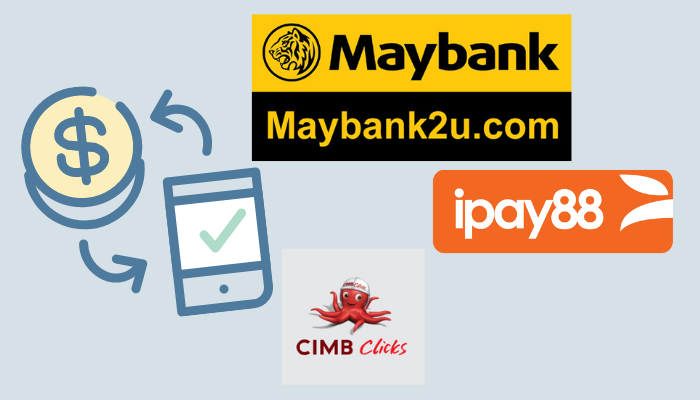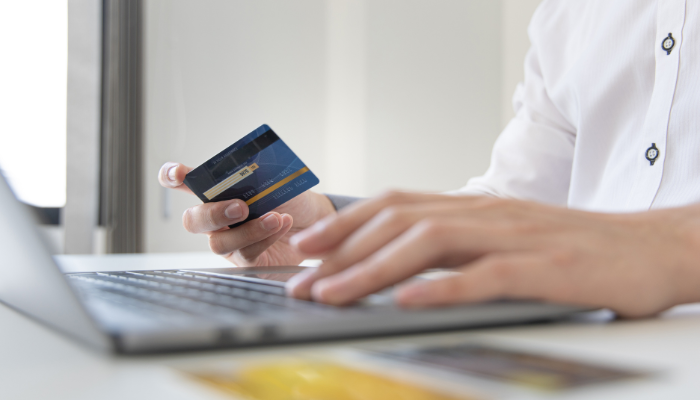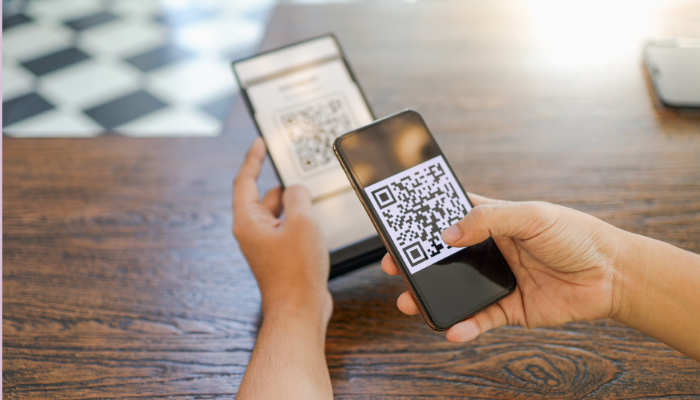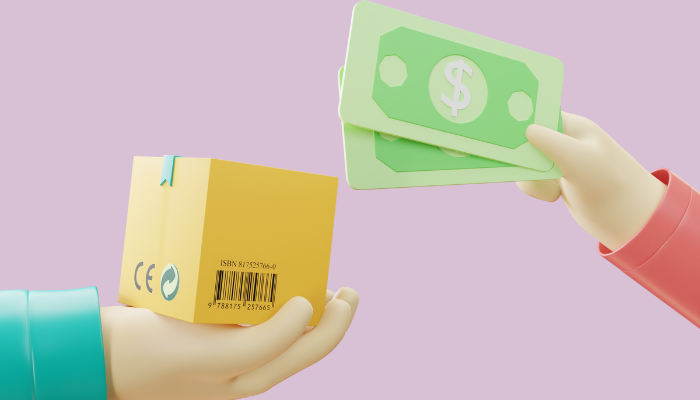Top 4 Payment Options You Should Have for Your Online Store
Top 4 Payment Options You Should Have for Your Online Store
You must provide yourself with as many chances as you can for business success. Keeping abreast of your consumer base’s preferred payment methods is one way to do this.
Customers are frequently paid with cash and credit cards. However, if those are the only methods of payment you take, you can be turning away potential clients and passing up chances to strengthen bonds with current ones.
Knowing the advantages of the various payment alternatives available can help you choose which is best for your business and your clients.
1. Bank transfers

According to a survey by We Are Social and Hootsuite, the majority of Malaysians (47%) choose bank transfer as their preferred mode of payment for online purchases. Given how many people already have internet banking accounts, that is not surprising.
The Malaysia-based secure payment system Financial Process Exchange (FPX), which enables users to conduct online transactions using their bank credentials, contributed to the public’s faith in the industry. To ensure that customers have a secure and easy online purchasing experience, the payment system has partnered with all, if not the majority, of Malaysia’s banks.
To aid more companies in offering clients simple and safe transactions, more secure payment systems like eGHL, iPay88, and Stripe are beginning to establish themselves in the market. Local banks are beginning to introduce their own online payment services, like Maybank2U and CIMB Clicks. Additionally, some banks have created their own mobile applications for quicker banking tasks, which is borderline digital payment.
2. Debit Card / Credit Card

Consumers in Malaysia continue to often use card payments as a form of payment. Principal credit card issuance increased by 26% between 2015 and 2020, from 7.2 million to 9.1 million credit cards, according to data from Bank Negara Malaysia (National Bank Malaysia). Between 2015 and 2020, there was a 42 percent rise in credit card transactions.
Credit cards continue to expand in use despite the popularity of digital wallets. 0.3 fewer credit cards were used per person in 2019 than in 2018, which may indicate that fewer people are willing to take on personal debt based on credit cards. With 1.44 cards per person that year, debit cards were the most popular form of payment.
However, after switching to using credit cards at the convenience of using them for e-commerce purchases in online store, Malaysians demonstrated a 4 to 1 preference for credit cards over debit cards over the duration of the COVID-19 and MCO in 2020.
3. E-wallet / Mobile Wallet / Digital Wallet

In Malaysia, e-wallets and digital wallets are becoming more popular as payment options. Compared to its neighbors, the Philippines (36%) Thailand (27%) and Singapore (4%), Malaysia tops Southeast Asia in the uptake of digital wallets by 40%. (26 percent ).
During the COVID-19 outbreak in Malaysia, when Malaysians were concerned about virus transmission by banknotes and coins, the use of digital wallets and e-wallets increased for online and offline business.
Digital wallets, e-wallets, and even mobile wallets differ from one another, yet they all essentially function as the same digital form of payment with different user advantages and conveniences. Users frequently use these terms interchangeably.
E-wallet users would have an easy way to keep track of their spending because transactions would be automatically and digitally recorded. Due to its convenient, using digital wallets also eliminated the need for Malaysians to carry cash. In Malaysia, there are currently about 50 different types of digital wallets, each with special characteristics and selling factors.
The government of Malaysia is likewise encouraging the use of digital wallets. To put Malaysia on the path toward a more cashless future, PayNet (Payments Network Malaysia Sdn. Bhd.) launched the DuitNow QR project under the Interoperable Credit Transfer framework of Bank Negara Malaysia (National Bank Malaysia).
The campaign also aims to promote the use of digital wallets by all types of enterprises, including street sellers and small shops. Indeed, it is fully encouraging micro-business to macro-business to grow their business digitally on every single steps. Including digitalize the accounting and bookkeeping system such as using WhyQ KiraKira bookkeeping app.
4. Cash Payment / Cash on Delivery

Cash on delivery (COD) payment remains popular despite the expanding trends in digital payments. Before payment gateway systems enhanced their security and authentication procedures, COD was one of the most popular payment methods because of worries about the security of online transactions.
In spite of this, some Malaysian shoppers still favour paying in cash for their online purchases since they prefer to view the actual thing before making their final choice.
By the end of 2021, it is still anticipated that digital and e-wallet payment methods would surpass COD payment, despite this little uptick. However, because so many courier services still accept COD payments, cash will still be the preferred method of payment.
Need more ideas & insights to grow your business, read WhyQ blog now.






